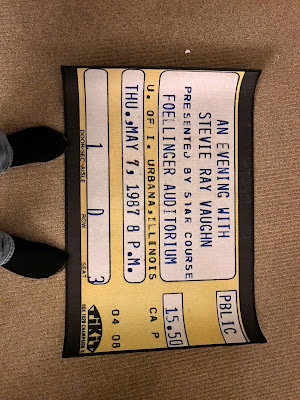Recently I read an excellent book called “The End of Accounting and the Path Forward for Investors and Managers” by Baruch Lev and Feng Gu. I highly recommend this book for investors, analysts, accountants, and those with a general interest in business. The book is very well written and researched in that it:
1. Describes the current situation in depth
2. Aligns the situation across an historical context and with relevant research
3. Makes specific recommendations about how to improve the situation
If you’d like to read more about this topic on your own (will help to frame out these posts), here is an excellent Wall Street Journal article titled “The End of Accounting” (if the link doesn’t work because you don’t have a subscription you can probably find it elsewhere on the internet). Here is a link from Accounting Today and an interview with the author from CFO magazine.
The first post in this series is going to be my personal insights and journey in the area of accounting information, financial and investor relations analysts. This context is relevant because I, too, have seen the problems that the authors outline in the series and come up with my own “hacks” to attempt to gain better information and insights.
I started out my career as an accountant, and I used to help create the footnotes that you see at the end of the financial reports. This wasn’t creative work per se – you would start with last year’s footnote as a template and insert new numbers, unless it was a new requirement, in which case it was a lot of work and we would turn to specialists. At that time (20+ years ago) there were only a few footnotes and the financial statements themselves weren’t that long; you would be able to read from the Chairman and CEO’s letter all the way through to the last footnote in a couple of hours.
This was also before the internet; we would go into the company library and look at microfiche sometimes to do research or you’d pull up the hard (printed) copy from the files. At that point an annual report was also somewhat of a marketing document; companies put a lot of thought into the cover, for instance.
At various points in the history of accounting there has been a focus on the balance sheet (assets and liabilities), the income statement (earnings per share and price / earnings ratio) and on cash flows (cash generated from the business). Each of these views are important and have their merits and their drawbacks. The statements were generally the “GAAP” view which focused on financial statement presentation and used taxes at official rates (many companies pay almost nothing in taxes in actuality by deferring them indefinitely) and held assets at historical costs. Both of these assumptions made the financial statements less useful for certain types of companies and industries.
